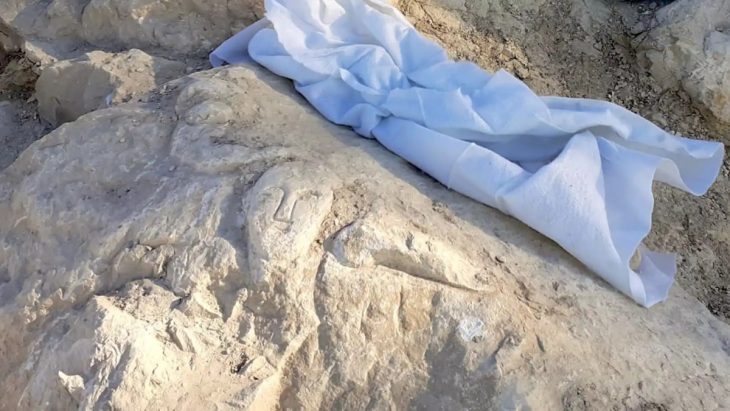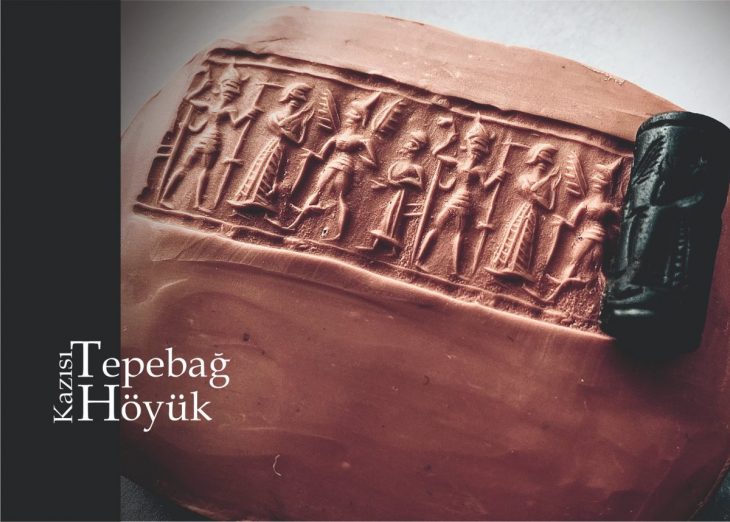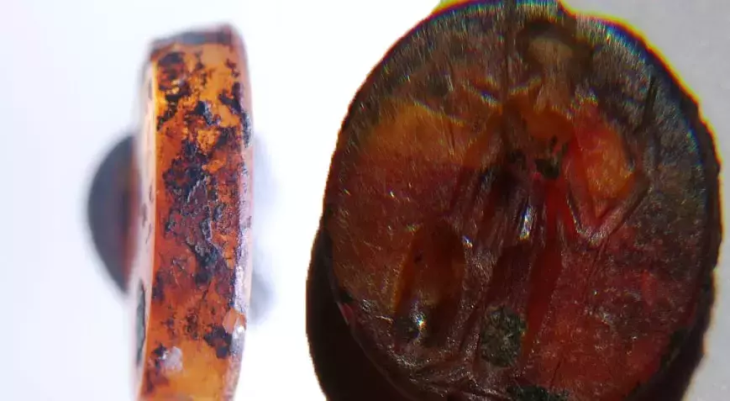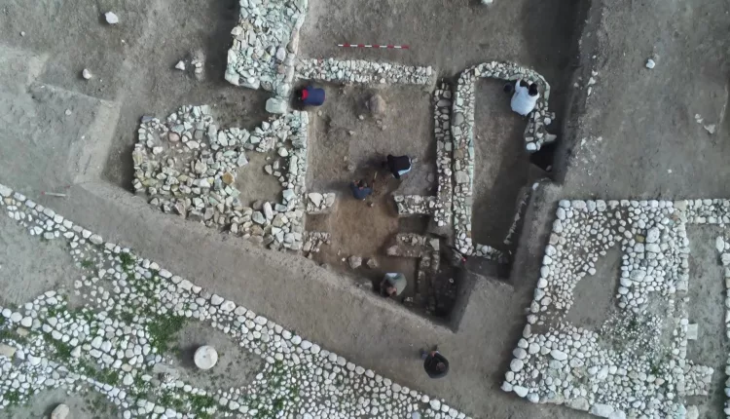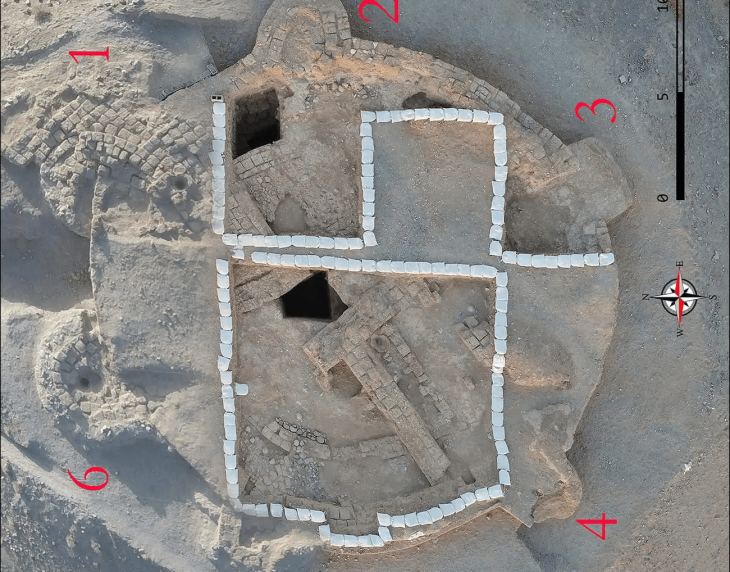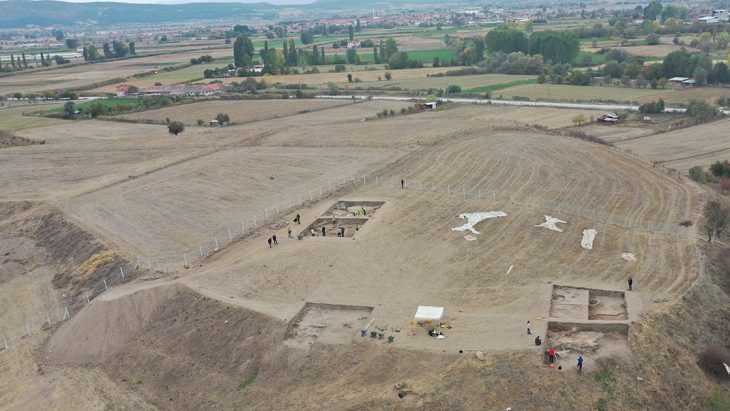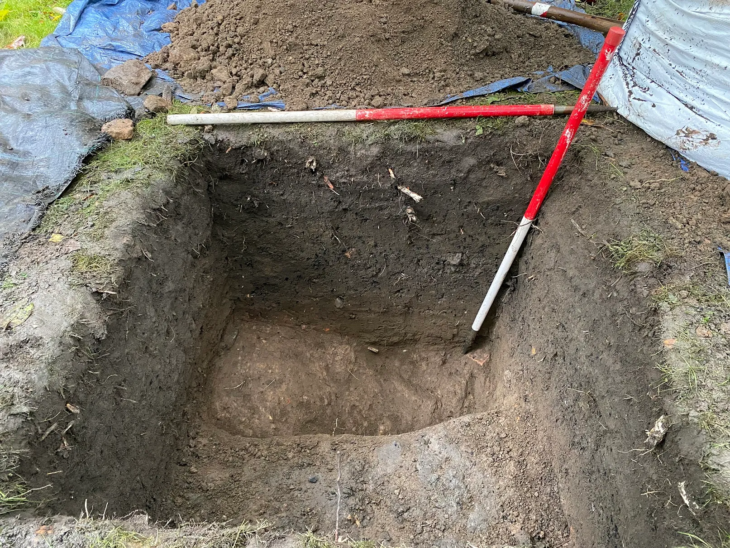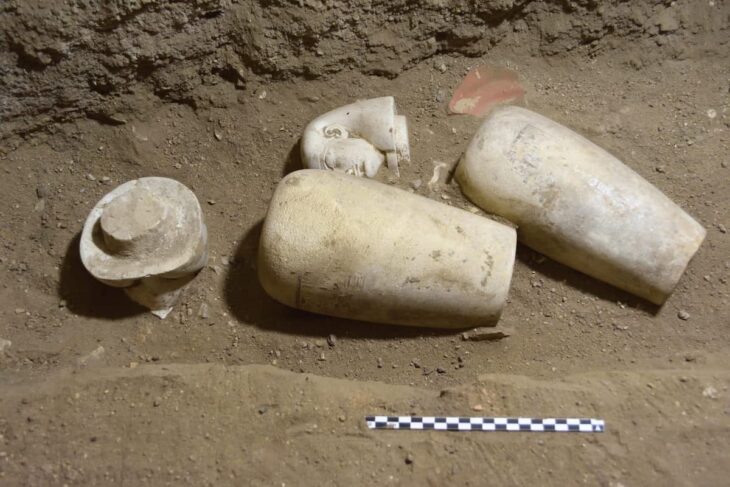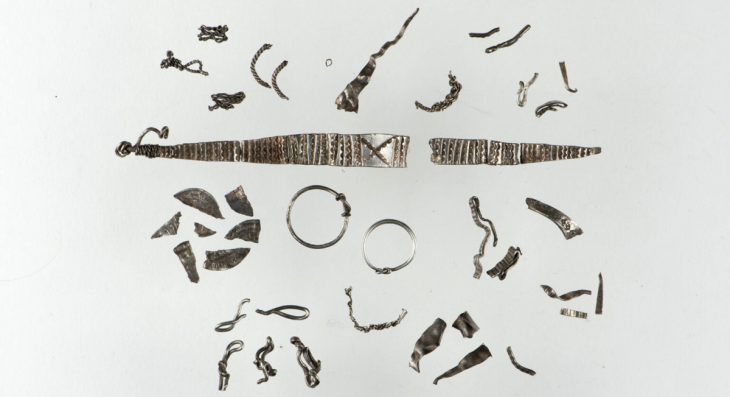Tracy and Rory Vorster living in Lincoln, England, have discovered a trapdoor in their bathroom with a grotesque face bearing a striking resemblance to the local icon, the Lincoln Imp.
An imp is a legendary creature from European mythology that resembles a fairy or a demon and is widely mentioned in superstitions and folklore. It was first used in phrases like “imps of serpents,” “imp of hell,” “imp of the devil,” and so forth starting in the 16th century.
The Lincoln Imp, a carved stone grotesque with cow ears, cow horns, taloned hands, and a hirsute body with crossed legs, sits atop a pillar overlooking Lincoln Cathedral’s Angel Choir. He is a tiny little guy (approximately 30cm high), but he has made a big impact on the city. He seems to have been adopted as their unofficial mascot. Probably carved in the 13th century.
The endearing little devil became the subject of legends. According to one story, Satan sent him and an imp friend to wreak havoc in northern England. When an angel appeared out of a hymn book and turned the most rebellious, rowdiest imp to stone, they were in Lincoln Cathedral smashing stained glass, destroying furniture, and bullying the bishop.

Vorster couple removed the wooden panel, it revealed a large slab of stone featuring a carving of the Lincoln Imp. There was an opening in the mouth that indicated it was either a urinal or some kind of drain. An expert from the Lincoln Civic Trust confirmed the first impression upon examination: it was a drain dating to the middle or late 14th century.
📣 Our WhatsApp channel is now LIVE! Stay up-to-date with the latest news and updates, just click here to follow us on WhatsApp and never miss a thing!!
The Vorsters’ house is on Vicar’s Court, a building founded by the college of priests in the 13th century in the Minster Yard just south of the cathedral.
According to the BBC, the couple moved into their property earlier this year.
They said the discovery is an example of why Lincoln is “amazing”, adding they are “proud” of their house’s history.

Mrs Vorster said: “You look at the outside of the house and that is historical enough but to now find something inside is amazing.”
Mr Vorster added: “The whole of the house has kind of a hollow walling, so we immediately thought there could be more. In fact, we’re almost certain now.
“The previous occupant had been here for over 20 years, so surely they knew. But we had absolutely no clue it was there.”
Cover Photo: Experts think the carved stone could be part of a 14th-century drain. Local Democracy Reporting Service




